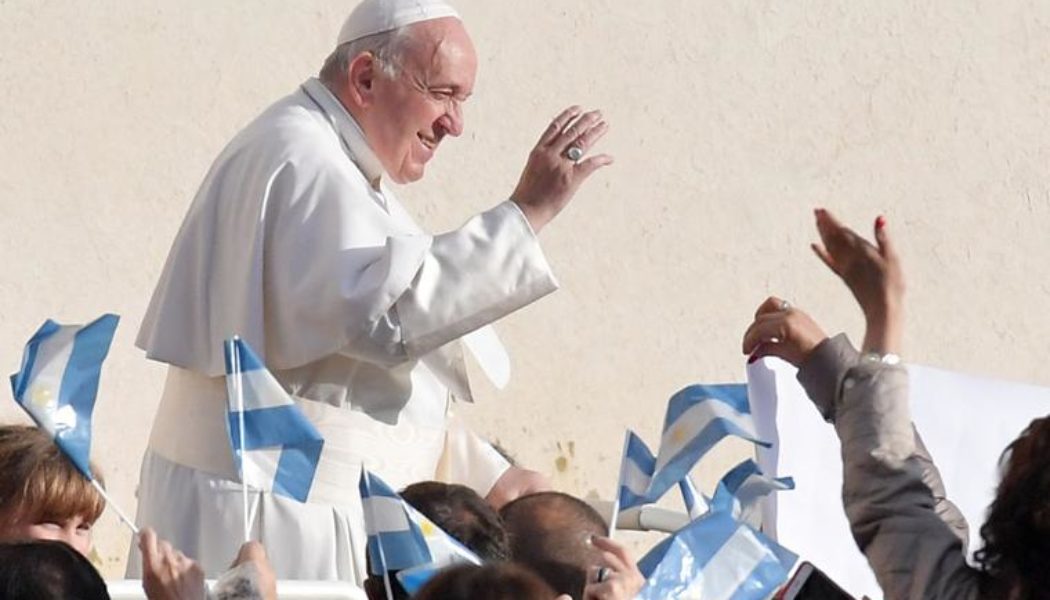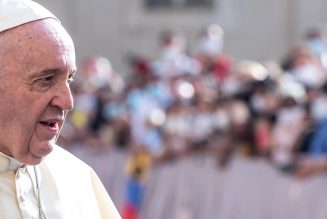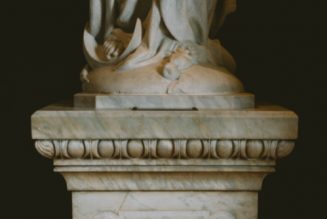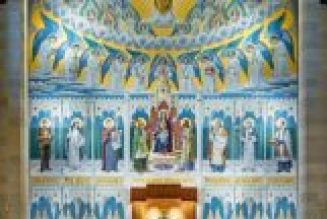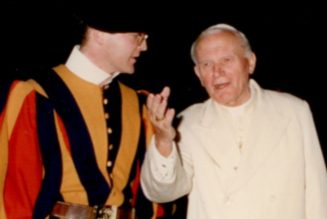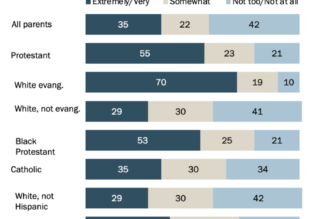
Pope Francis is having serious trouble with the appointment of bishops in his native Argentina.
It is quite likely that the latest calamity will kill off whatever slim chance existed of a papal visit home later this year. It was the disastrous papal visit to Chile in 2018, plagued by controversy over troublesome episcopal appointments, that led the Holy Father to cease visiting South America.
On Monday, Archbishop Gabriel Antonio Mestre resigned as archbishop of La Plata. He is only 55 and had been the archbishop for less than nine months. Mestre had previously been bishop of the Diocese of Mar del Plata, appointed by Pope Francis in 2017. The similarity of diocesan names — Diocese of Mar del Plata, Archdiocese of La Plata — may cause confusion, but nomenclature is the least confusing part of this startling story.
Mestre’s resignation after only nine months in La Plata comes after two failed attempts to replace him in Mar del Plata since last September. First, though, the backstory.
The Rise of Fernández
Soon after his election in 2013, Pope Francis made Victor Manuel Fernández a bishop, an unusual decision given that he did not have a diocese, but was rector of the Catholic University of Argentina. The Vatican, concerned about his orthodoxy, had refused its approval when then-Cardinal Jorge Bergoglio appointed Fernández rector in 2009. Cardinal Bergoglio insisted and prevailed after an 18-month standoff; Fernández was finally installed in May 2011.
When, less than two years later, Bergoglio was elected Pope, Fernández was named a titular archbishop — an early declaration that, despite Vatican misgivings, Fernández was the new Pope’s man. In 2018, he was named archbishop of La Plata, another clear statement from the Holy Father, given that Fernández replaced Archbishop Hector Aguer, the most prominent conservative in the Argentinian hierarchy. Aguer has since become a notable critic of various initiatives of Pope Francis.
From the beginning, Pope Francis was thus inclined to act on his judgment alone on Argentinian appointments, even if — or perhaps especially if — opposed by curial officials.
Last July, Pope Francis shocked everyone by naming Cardinal Fernández the new prefect of the Dicastery for the Doctrine of the Faith. Fernández’s departure from La Plata for Rome meant a new archbishop had to be found. Less than a month later, Mestre was appointed the new archbishop of La Plata, and was installed in September 2023.
The Mess in Mar del Plata Consumes Mestre
The curtain thus went up on a most distressing drama in Mar del Plata, where Mestre had served since 2017 until his transfer to La Plata.
Bishop José María Baliña was appointed in November 2023. Three weeks later he resigned, even before he could be installed, referring to recent eye surgery, after which he decided to step down in “consultation with the Holy See.”
Pope Francis accepted the early resignation and immediately appointed Bishop Gustavo Manuel Larrazábal to Mar del Plata. He made it past three weeks, but not by much. He resigned just days before his scheduled installation. Larrazábal’s resignation came after local media reported upon rumors of allegations of harassment against the bishop.
Those rumors have not been made clear, let alone proven, but Larrazábal went back to serve as an auxiliary bishop in the Diocese of San Juan de Cuyo.
Consequently, Pope Francis is considering his third selection for Mar del Plata.
Meanwhile the chaos subsequent to his departure from Mar del Plata has now consumed Mestre himself. In his statement on Monday, Mestre said that he had been called to Rome this month to discuss “some aspects” of the mess in Mar del Plata. After those discussions, “Pope Francis asked me to resign from the La Plata See.”
It is not at all clear how Mestre was involved in the events that caused both Baliña and Larrazábal to resign before their scheduled installations. But his failures must have been grave indeed to require the resignation of Argentina’s second-most prominent See after less than a year.
Indeed, whatever happened in Mar del Plata has been considered grave enough that three prelates have now resigned, and both the Holy Father and the DDF prefect are deeply involved in the case.
The Shadow of Zanchetta
Fernández was not the only favored son of Pope Francis to be made a bishop early on. Gustavo Zanchetta was named bishop on Orán in 2013, like Fernández in the first months of the pontificate.
After a series of disturbing allegations of both a sexual and administrative nature, Pope Francis permitted Zanchetta to resign his diocese — on the pretext of “health” — and take up a Vatican position created especially for him. He took up residence at the Holy Father’s side in the Casa Santa Marta.
That proved insufficient to keep Zanchetta away from Argentinian law enforcement. He resigned his Vatican position in 2019, was charged in Argentina, returned for trial and was convicted of sexual abuse of seminarians. Sentenced to four years in prison, he is serving his sentence under house arrest.
The Zanchetta case so damaged the Holy Father’s credibility in Argentina that it is unlikely that he will be granted the benefit of the many doubts that now swirl around Mar del Plata.
Don’t Wait for Me, Argentina
After refusing to visit Argentina for the first 10 years of his pontificate, despite multiple trips to South America, Pope Francis suggested last year that 2024 might see a visit. The new president of Argentina issued a formal invitation for a visit. That is very unlikely after the Mar del Plata mess metastasized to finish off Mestre.
Recall that the previous country where Pope Francis ran into serious appointment problems was neighboring Chile. There, the Holy Father’s insistence on transferring Bishop Juan Barros, despite repeated allegations the bishop had been involved in covering up sexual abuse, caused a national scandal. The controversy consumed the papal visit to Chile in January 2018, the worst papal trip since Napoleon kidnapped Pius VII and held him in France. The conflagration in Chile so threatened the pontificate that extreme measures were taken; the entire Chilean episcopate was summoned to Rome and offered their resignations en masse.
Pope Francis has never set foot in South America since the Chilean disaster. He did visit central America, as he had to complete the already-scheduled 2019 World Youth Day trip to Panama, but after that he has not returned to Latin America at all. Even in 2019, the Holy Father refused when the bishops of El Salvador asked him to take the short flight to San Salvador to canonize Archbishop Oscar Romero.
Chile drew too much attention to the shadows of his pontificate and he would not risk that again in Latin America. Certainly not in Argentina.
Since Chile 2018, the Zanchetta conviction has taken place. That alone would make it difficult for Pope Francis to return home. After the confusion and chaos in Mar del Plata, it cannot be imagined that Pope Francis would return and be forced to answer questions.
When Mar del Plata — and now La Plata — will get new bishops remains to be seen. But it will happen eventually. A papal trip home likely never will.
